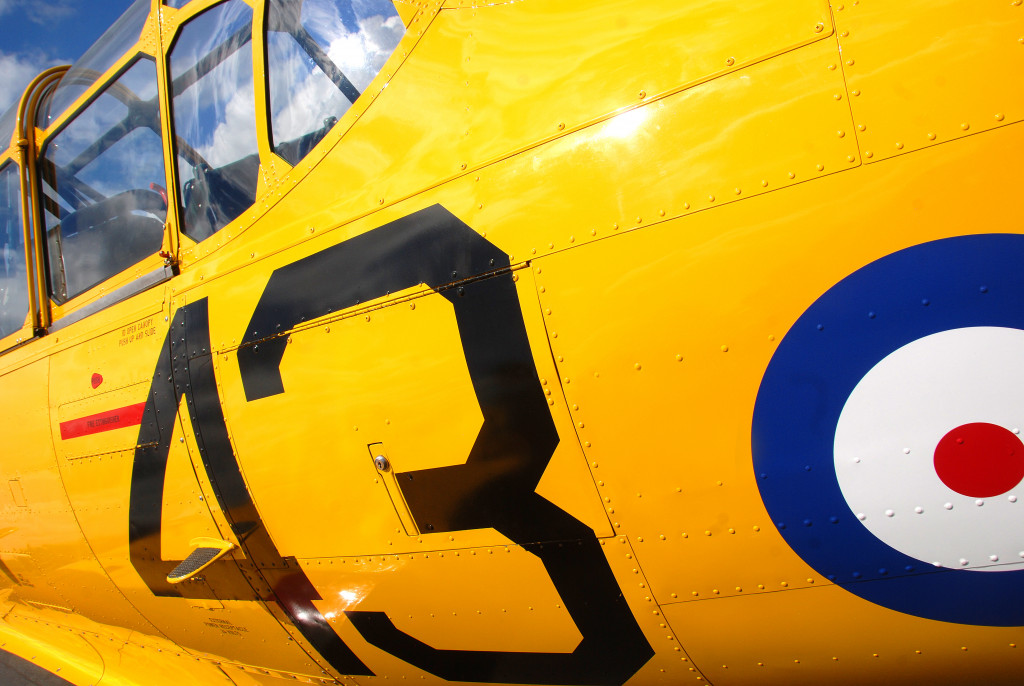Whether you’re a passionate aviator or a Vintage Warbird enthusiast, aircraft restoration is a fascinating field. If you own an aircraft restoration business, you’re constantly looking for new and innovative ways to streamline the process and provide your clients with the best possible service. Here are five recent innovations that will help your business take off!
3D Printing
Thanks to advances in 3D printing technology, it’s now possible to create prototypes and final parts using additive manufacturing processes. This means you can create highly accurate reproductions of vintage aircraft parts without tooling or molding them by hand. Not only does this save time, but it also cuts costs and allows you to take on projects that would otherwise be impossible.
3D printing is an additive manufacturing process that creates a three-dimensional object from a computer-aided design (CAD) model. The object is created by successively adding layers of material until the entire thing is complete. 3D printing differs from traditional manufacturing processes, typically involving subtractive techniques like machining or milling. Instead of starting with a large piece of material and removing excess material to create the desired shape, 3D printing starts with a small amount of material. It adds layers until the object is complete.
The technology is incredibly well suited for creating complex, customized objects. For example, 3D-printed prosthetics can be customized to fit the unique contours of each patient’s body. In addition, 3D printing can be used to create objects with hollow cores or internal channels, which are not possible to create using traditional manufacturing methods.
3D printing is typically done using a plastic or metal filament fed into a printer head. The printer head melts the filament and deposits it onto the build platform, layer by layer. The object is then cooled and removed from the platform. Lastly, the finished product can be sanded, painted, or finished as desired. 3D printing is an exciting technology with endless potential applications. As technology continues to evolve, it is likely that even more, amazing things will be possible with 3D printers.
Composite Materials
Composite materials are becoming increasingly commonplace in aircraft construction and restoration. These materials are strong yet lightweight, making them ideal for use in vintage aircraft where weight is a major concern. Moreover, composites are resistant to corrosion and can be formed into just about any shape, giving you greater flexibility in design and fabrication.

The Different Types of Composite Materials Used in Aircraft Restoration
Three main composite materials are used in aircraft restoration: epoxy, polyester, and vinyl ester.
Epoxy is the most popular type of composite material for aircraft restoration. It is strong and durable and can be molded into just about any shape you need. Epoxy is also resistant to many common chemicals, making it a good choice for aircraft exposed to harsh conditions. The only downside to epoxy is that it is quite expensive.
Polyester is the second most popular type of composite material for aircraft restoration. It is not as strong or durable as epoxy but is much cheaper. Polyester is also easier to work with than epoxy, so it is a good choice for hobbyists new to aircraft restoration.
Vinyl ester is the third most popular composite material for aircraft restoration. It shares many of the same properties as polyester but is even cheaper. Vinyl ester is also more resistant to chemicals than polyester, making it a good choice for aircraft exposed to harsh conditions.
Hydraulic Fluid
Aircraft need hydraulic fluid to power the systems that control the aircraft. These systems include the landing gear, flaps, and ailerons. Without hydraulic fluid, these systems would not function properly, making it impossible for the aircraft to fly.
There are different kinds of hydraulic fluid, but the most common type is mineral oil. This type of hydraulic fluid is made from petroleum, and it is relatively inexpensive. One kind of mineral oil-based fluid is the 5606 aircraft hydraulic fluid. This is a versatile fluid that can be used in a variety of aircraft applications. It is compatible with most seal materials, so it can be used in both new and vintage aircraft. It is also flame-resistant and has a high flash point, making it safe to use in even the most demanding applications.
On the other hand, there is also synthetic hydraulic fluid. This hydraulic fluid is made from man-made materials, such as polyalphaolefin (PAO). PAO-based fluids are more expensive than mineral oil-based fluids, but they offer several advantages. They are compatible with a wider range of seal materials, have a higher flash point, and are more resistant to degradation.
These are just a few of the latest innovations that are sure to transform the aircraft restoration industry in the years to come. By staying on top of new developments and investing in cutting-edge technologies, you can give your business a competitive edge while also providing your customers with the highest level of service possible. So what are you waiting for? It’s time to take your business to new heights!
